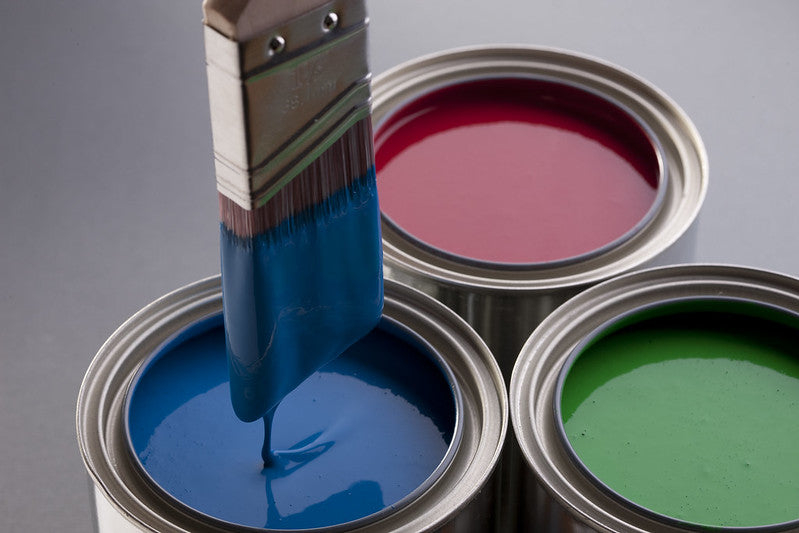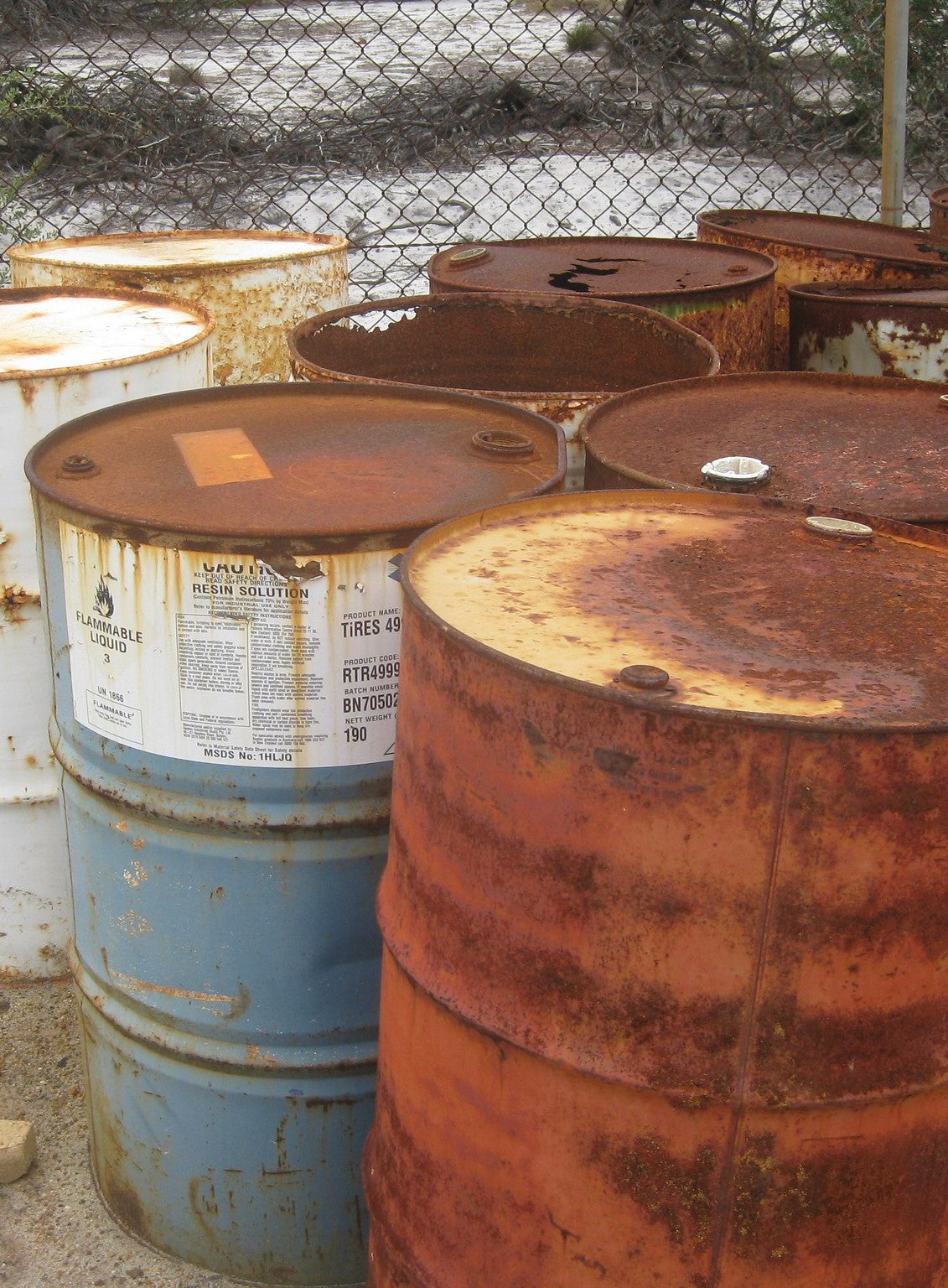Harmful chemicals are commonly found in the air we breathe at both home and in the office, mainly due to the outgassing of building materials, ozone damage to paints and coatings, and intrusion from the soil below. Measurement is the first step to controlling exposure.


The outgassing of building materials and breakdown products of the reaction of ozone with paints and coatings are major sources of the formaldehyde that we're exposed to by breathing indoor air. The US ATSDR recommends that chronic exposure to formaldehyde be limited to 8 ppb, much lower than the OSHA limit for workplace exposure of 500 ppb. The ATSDR limit considers that formaldehyde is a proven human carcinogen (IARC 1); the OSHA limit does not. Our formaldehyde measurement products can measure formaldehyde with a limit of quantitation (LOQ) of 6 ppb for the diffusive monitor exposed for 24 h.
VOCs in indoor air have a variety of sources, from paints, coatings, and adhesives that are part of the building's structure to perfumes, toiletries, and cosmetics that are part of everyday life. We use GC-MS to detect and quantitate this wide variety of different chemicals and provide you with the knowledge you need to clear the air. We use both the modern EPA TO-17 method as well as the more historical OSHA 7 and its reincarnations (OSHA 5001 etc) in both diffusive and tube samplers. If you have a question concerning which method is best for your application, please contact us and we’ll help you to decide.


Chlorinated solvents, such as trichloroethylene and tetrachloroethylene, have been used as industrial degreasers and dry-cleaning fluids for over 70 years. These solvents were considered to be safe, being the non-flammable replacements of hydrocarbon solvents, so they were often disposed of by dumping. It turns out that these can degrade in the soil over decades producing vinyl chloride that can percolate through the soil and enter homes much like radon. Interestingly, radon levels are found to be higher in modern energy-efficient homes. Thus, we can expect to find higher vinyl chloride levels. We suggest using a simple diffusive sampler and very long sampling times, like a week, to measure low concentrations of vinyl chloride. Remember that remediation is possible by using the same techniques that are used to control radon.